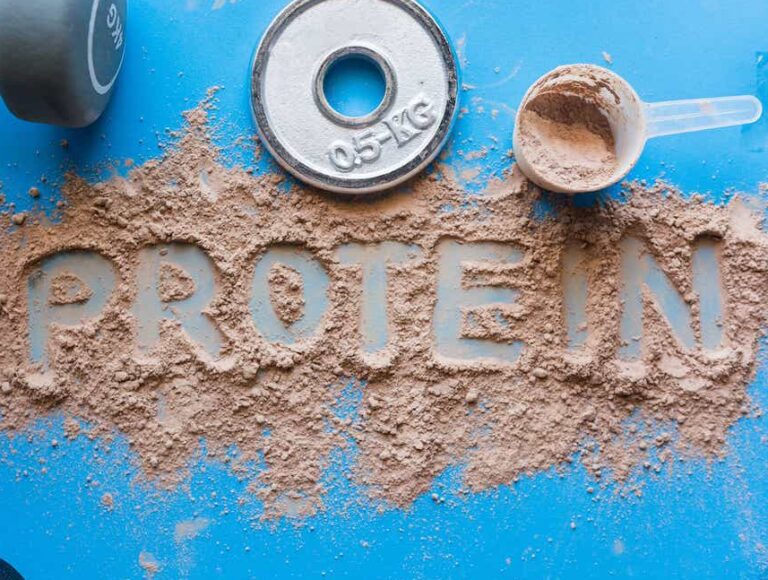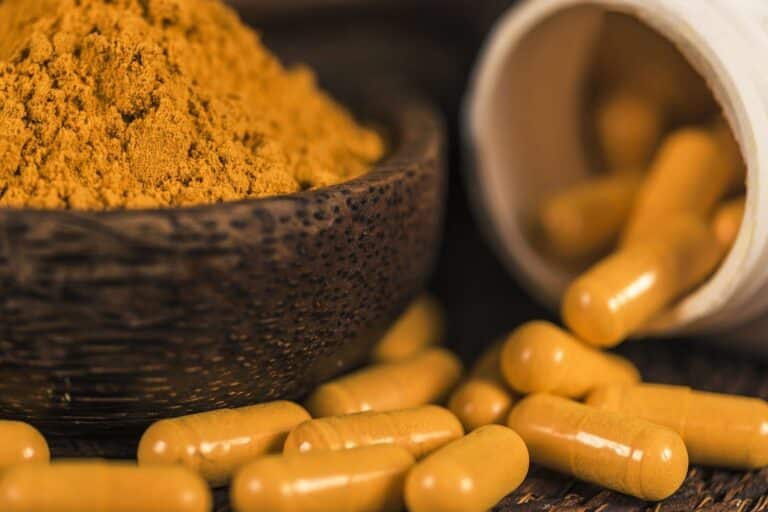Introduction
Ice bathing has long been used by athletes to promote rapid recovery and improve performance. But what is it that makes ice bathing so effective? Let’s dive into the science and benefits behind this cool trend.
The benefits of ice bathing for athletes
Ice swimming has a number of known benefits. Not only can it help speed up recovery after intense workouts, but it can also increase circulation, boost the immune system, and contribute to increased mental focus and wellbeing.

How ice bathing can improve performance
Submerging your body in cold water after a workout can help reduce inflammation and muscle tension. The result? You’ll recover faster from your workout and be ready to perform even better next time.
How ice bathing can improve recovery
Ice bathing is also known to reduce muscle fatigue and inflammation, which can help muscles heal faster. This means you can get back to your workout faster, enabling you to maintain a more intense and consistent exercise routine.
Ice bathing techniques and methods
There are many different techniques and methods for ice bathing, but a simple and popular method is to submerge the body in a cold bath after exercise. Ideally, you should stay in the cold water for a few minutes, but this may vary depending on your personal tolerance and needs. Start slowly and never alone.
Related: Watch blog on breathing with your nose for better breathing when ice bathing
How to start ice bathing safely
If you’re new to ice bathing, it’s important to start slowly. Try starting with shorter periods in the cold water and gradually increase the time you spend in the water. And remember, it’s important to warm up your body thoroughly after ice bathing to prevent hypothermia.
See 10 benefits of ice bathing
Potential risks of ice bathing
As with any exercise method, ice swimming comes with some potential risks. These include hypothermia and shock. It is therefore important to monitor your body temperature carefully and to warm up your body thoroughly after ice bathing.
Personal experience with ice bathing
I have personally experienced many of the benefits of ice bathing. After intense workouts, ice bathing has helped me improve my recovery and I’ve noticed an improvement in my mental focus and wellbeing.
Ice bathing as part of a healthy lifestyle
Ice swimming is more than just a method of recovery after exercise – it can also be an important part of a healthy lifestyle. When combined with a balanced diet and regular exercise, ice bathing can help improve both your physical and mental health.
Research support for ice bathing
Several research studies support the use of ice bathing for athletes. For example, one study showed that ice bathing can reduce muscle soreness after exercise, which can contribute to faster and more effective recovery.
Combine ice bathing with other methods to improve performance and recovery
Ice bathing can also be combined with other methods to improve performance and recovery. By combining ice bathing with a balanced diet and meditation, you can improve your overall performance and recovery.
Closure
Ice swimming is more than just a trend – it’s a scientifically-backed method to improve performance and promote faster recovery after exercise. So why not give it a try? Just remember to start slowly, monitor your body temperature carefully, and always warm up your body thoroughly afterwards. Good luck on your journey to better performance and faster recovery!






